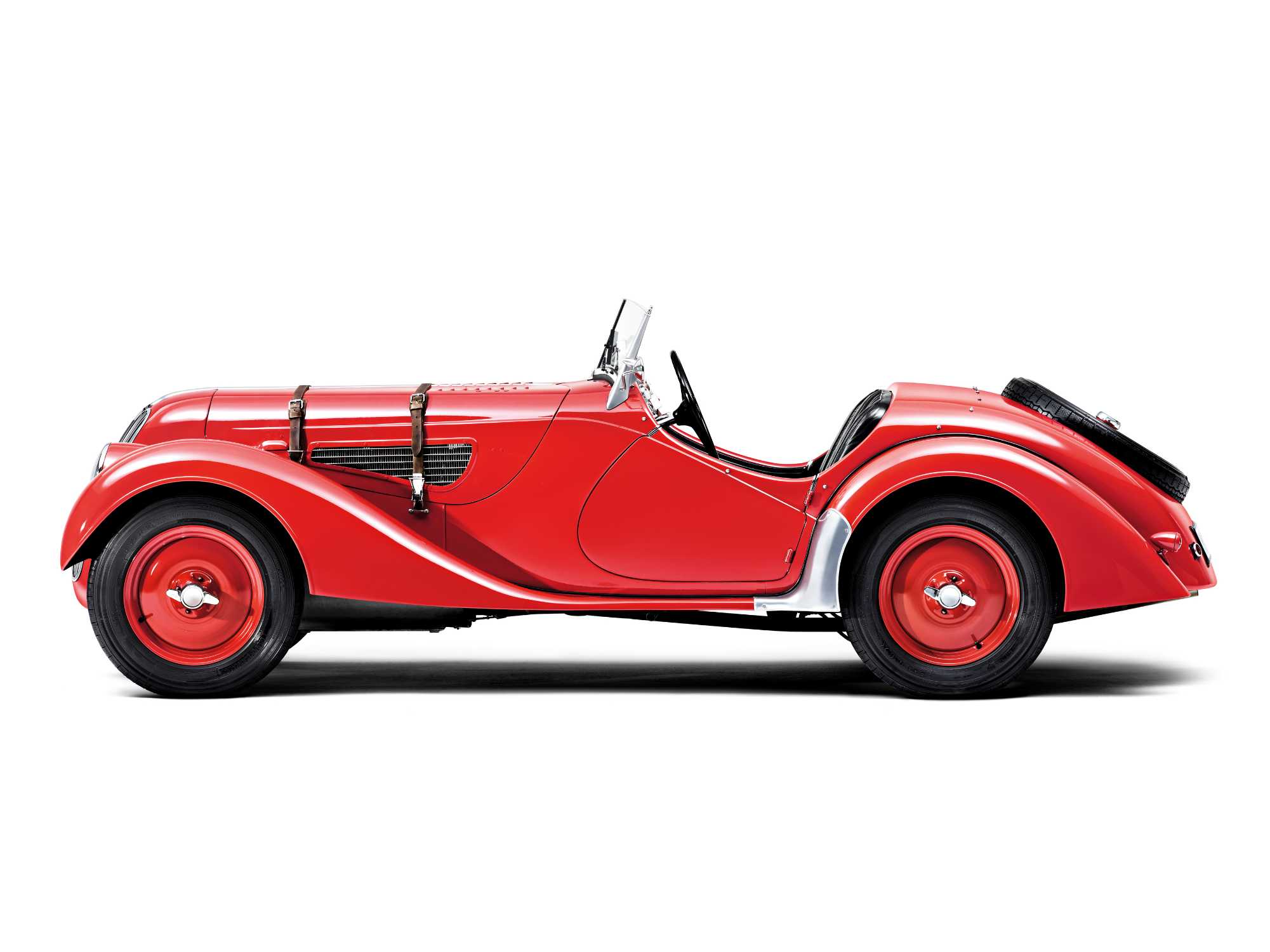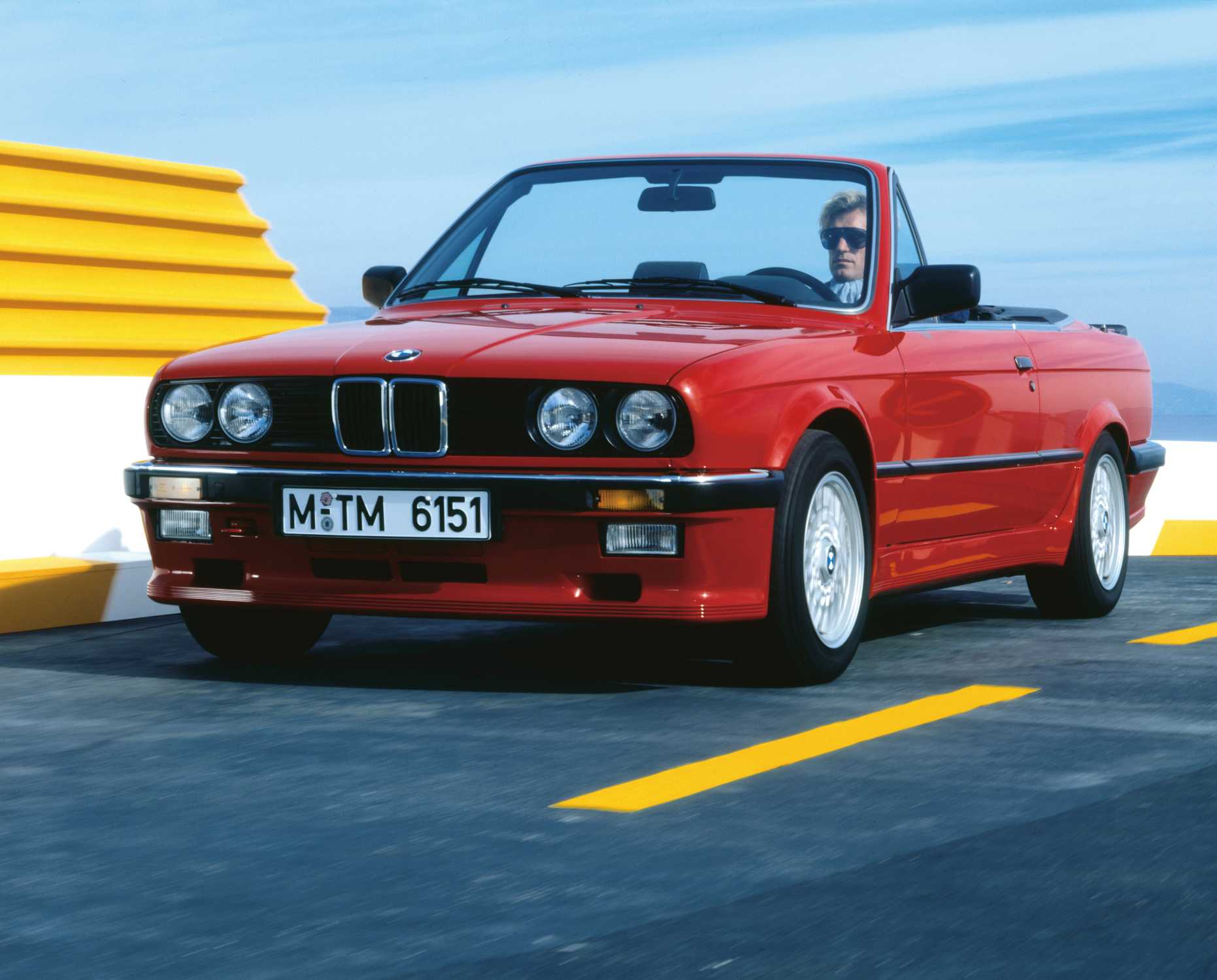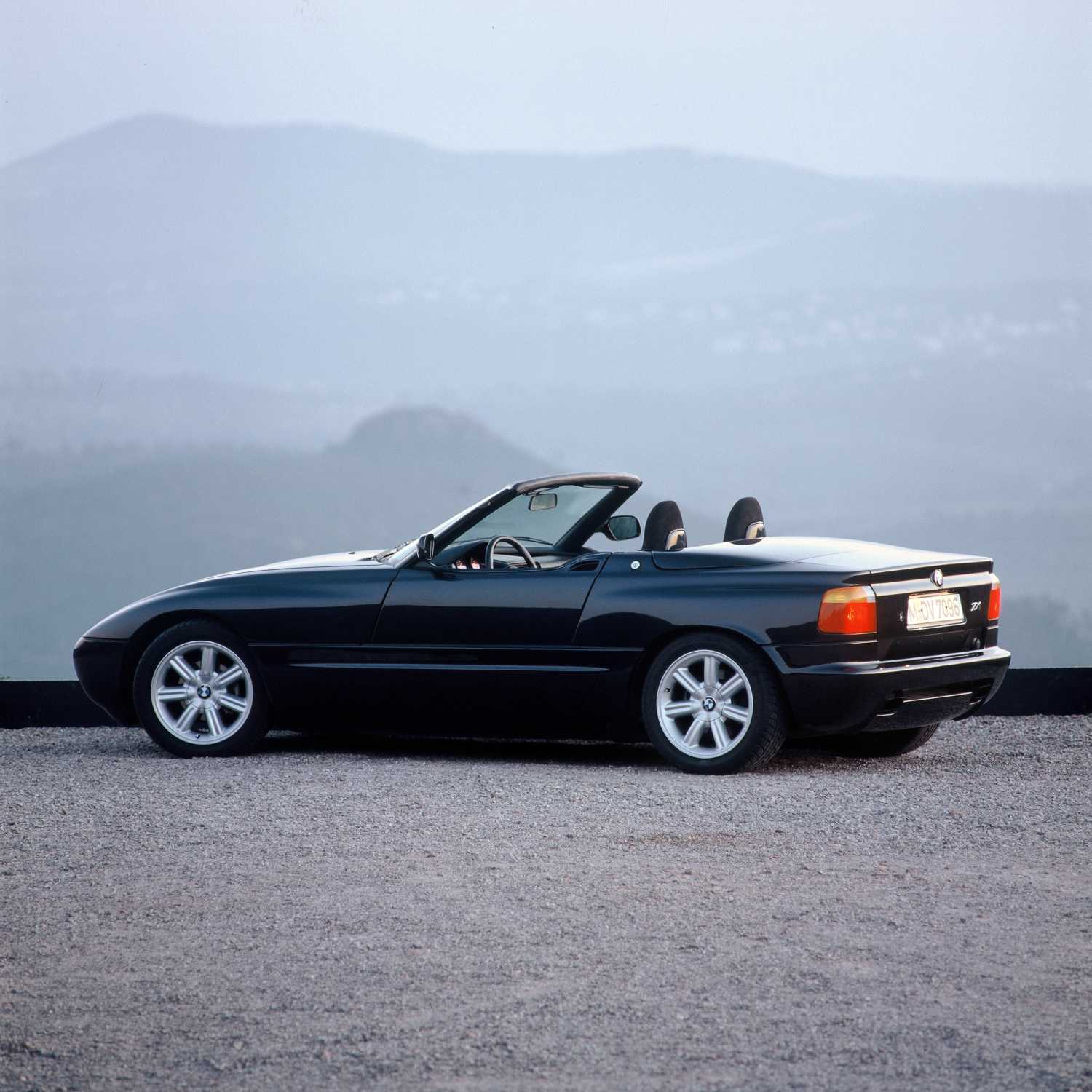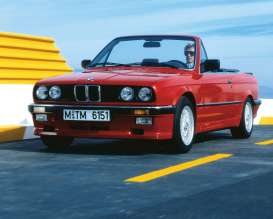Remember the wave of hype surrounding the stock market flotation of Deutsche Telekom and Infineon in the late 1990s / early 2000s? Were you one of those who ploughed their savings into faceless share certificates now worth barely a quarter of their original value? If back then you’d chosen to put your money into a cool classic car instead, you’d be sitting pretty right now. Not that you’ve missed the boat, not by any means…
Some might say you’d be throwing your money into a bottomless pit. And what about the depreciation? For buyers who’ve invested in the right classic car, the opposite is currently true. Prices of most vintage cars are climbing steadily, producing returns most other investments will find hard to beat. Classic car prices have risen by five to seven per cent on average over recent years and the trend is set to continue. So why not put your hard-earned cash into wheels and horsepower rather than bricks and mortar? What’s important is that the car is original and genuine. In the case of BMW vehicles, a BMW Classic Certificate provides the desired peace of mind.
However, there are a number of other points to look out for as
well:
The key rule, especially for novices, is: the better car is
almost always the better investment. The best models almost sell
themselves – and they drive better, too. That’s important for the
average investor. After all, you buy a classic car not only as a place
to put your money but also to have a bit of fun – preferably on a
regular basis rather than just special occasions. Pre-war cars like
the BMW 327 and 328 are best left to the pros, who know all there is
to know about secure investments. How else could they afford to spend
between 100,000 and a million euros for a third or fourth car?
So the best plan may be to start by investing in a recent classic which still has its best days ahead as an appreciating asset. Read on for some recommendations:
E30 Convertible
E30 Convertible – This elegant drop-top that can be used every
day has already entered recent classic territory. Tidy examples can be
found from around the 6,000 – 8,000 euro mark.
BMW Z1
BMW Z1 – Only 8,000 units of the futuristic roadster were built,
and prices have firmed up noticeably. But you can still lay your hands
on one for around 25,000 euros.
BMW Z3 Coupe
BMW Z3 Coupe – This outsider was once a popular source of
derision and somewhat mockingly referred to as the “Turnschuh”
(running shoe). Today it has a fan community all of its own and,
standing out so prominently from the crowd, enjoys cult status. Around
8,000 euros will already secure you a seat in the select circle of Z3
Coupe drivers. The Z3 M Coupe, producing up to 325 hp, takes you well
into “Ultimate Driving Machine” territory, but may also set you back
over 30,000 euros.
Mini Mk V
Mini Mk V – Built between 1984 and 1992, this generation of the
pint-sized Brit stands at the gateway to classic status. Models of
this vintage and younger have larger 12-inch wheels and front disc
brakes, equipping the classic Mini rather better for the rigours of
everyday use. Usable examples can be found for 2,000 – 3,000 euros.
But, as ever, you should avoid going too low if you’re at all
concerned with resale value.
When you’re buying a classic car, all sense of reason can often fly out of the window. As with most other investments, don’t forget the old disclaimer: “The value of your investment can go down as well as up.” But even if your purchase doesn’t rise in value as you’d hoped, it never harms to have a cool car adorning your driveway.
And if all else fails, ask yourself this: will a share portfolio ever whisk you into the sunset with the girl or guy of your dreams?





